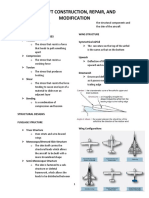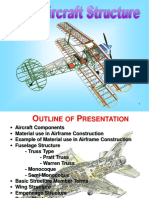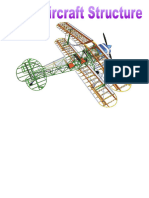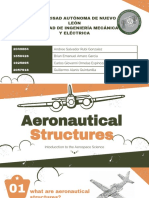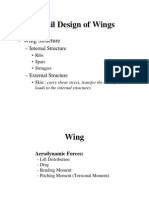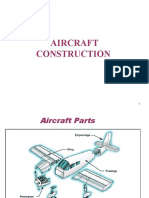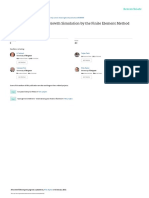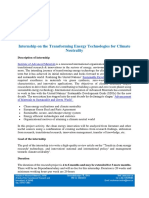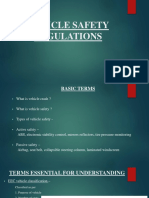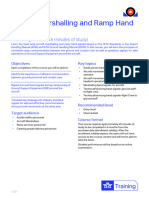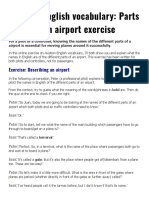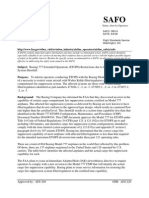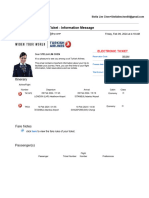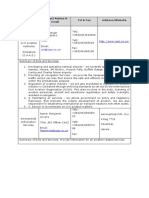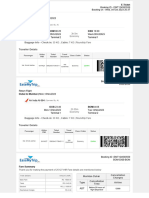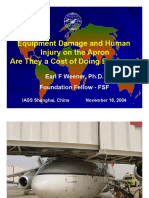0% found this document useful (0 votes)
39 views64 pagesAircraft Design
The document provides an overview of aircraft design, focusing on key components such as the fuselage, wings, engines, and control surfaces. It details the geometrical aspects of wings, airfoil nomenclature, and various types of engines, as well as the structural design of fuselages and wings. Additionally, it discusses the functionality of control surfaces like elevators, ailerons, and flaps in aircraft movement.
Uploaded by
Mathusuthanan MariilayarajaCopyright
© © All Rights Reserved
We take content rights seriously. If you suspect this is your content, claim it here.
Available Formats
Download as PPTX, PDF, TXT or read online on Scribd
0% found this document useful (0 votes)
39 views64 pagesAircraft Design
The document provides an overview of aircraft design, focusing on key components such as the fuselage, wings, engines, and control surfaces. It details the geometrical aspects of wings, airfoil nomenclature, and various types of engines, as well as the structural design of fuselages and wings. Additionally, it discusses the functionality of control surfaces like elevators, ailerons, and flaps in aircraft movement.
Uploaded by
Mathusuthanan MariilayarajaCopyright
© © All Rights Reserved
We take content rights seriously. If you suspect this is your content, claim it here.
Available Formats
Download as PPTX, PDF, TXT or read online on Scribd
/ 64





